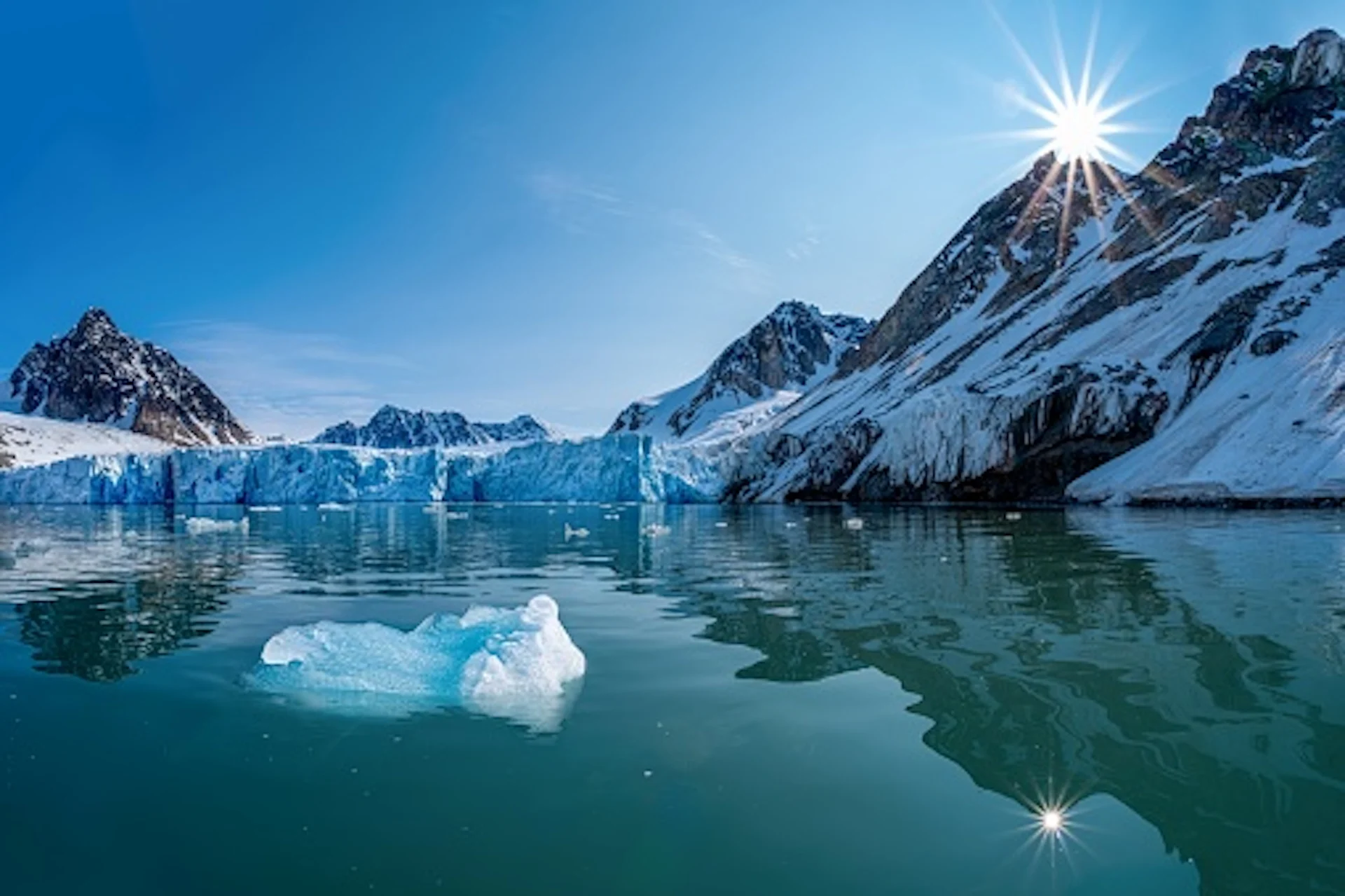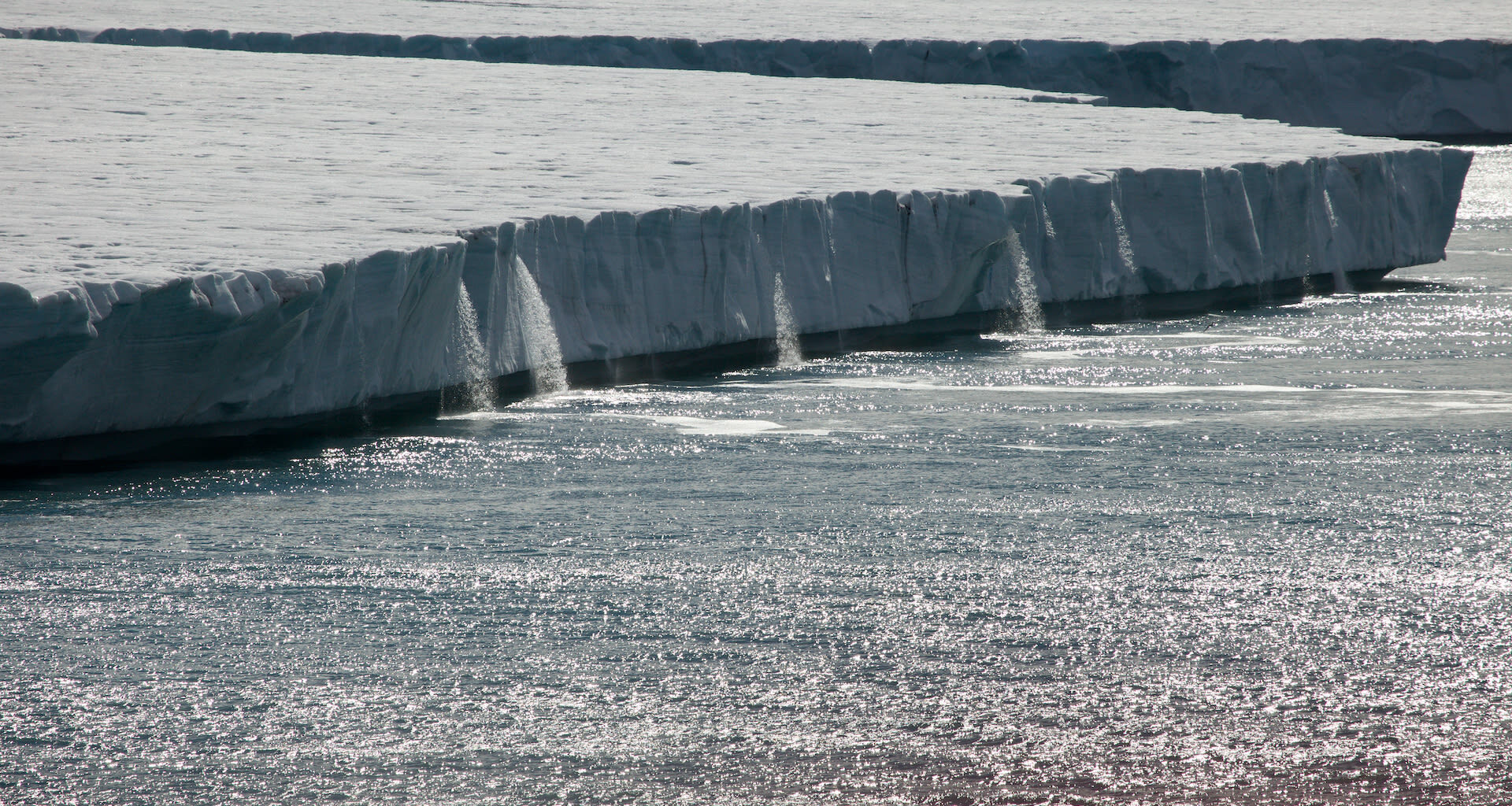“The climate system is noisy, and not every uptick or slowdown is meaningful. Still, we should keep an eye on this. It’s a great test for our models. Can they reproduce such a slowdown? If yes, do they do it for the right physical reasons? If not, what are we missing? So far, it looks like this slowdown is still within our understanding of the magnitude of variability in Arctic sea ice.”
Reason for no new minimum record is ‘outstanding’
As to why there has been no new record set for sea ice minimum extent since 2012, “a definitive answer is still outstanding,” Lehner said.
The “most plausible hypothesis” right now is a relation to the natural variability of the climate system, which occurs on top of long-term trends driven by climate change. It can either slow or hasten the overall direction, he added.
“Natural climate variability is a hard-to-convey concept. A great analogy is a person walking a dog on a leash,” said Lehner. “The dog can randomly roam around but is ultimately constrained by the person’s walking direction. In the climate system, the person represents the long-term sea ice downward trend due to greenhouse gas-induced warming, while the dog represents random sea ice variations around the long-term trend.”

(Getty Images/Frank Gunther/2220213277-170667a)
Natural, or internal, climate variations occur all the time and are well-studied, he said, noting that sometimes the variations combine with climate change to speed up or slow the decline in Arctic sea ice, but they don’t have the power to reverse it.
